Understanding Left-Turning Tendencies in Airplanes
Northstar VFR
MARCH 16, 2025
Torque is most noticeable when power is applied suddenly for example, during takeoff. When the aircraft is in a climb, the descending blade meets the relative wind at a greater angle, producing more lift (thrust). Each plays a unique role, especially at high power settings and low airspeeds, such as during takeoff. The result?

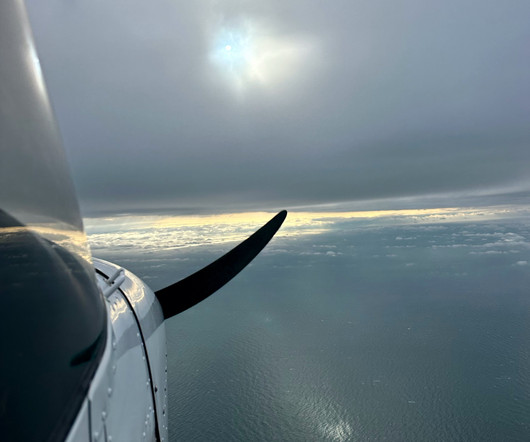
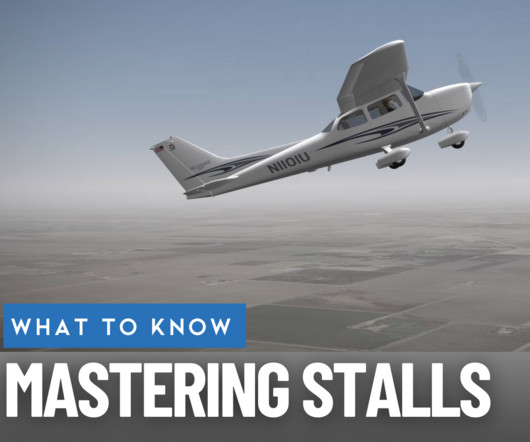
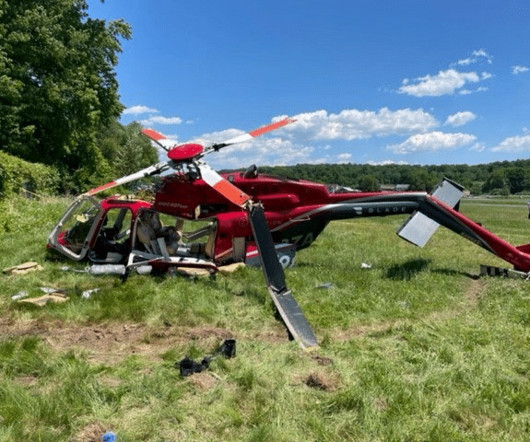
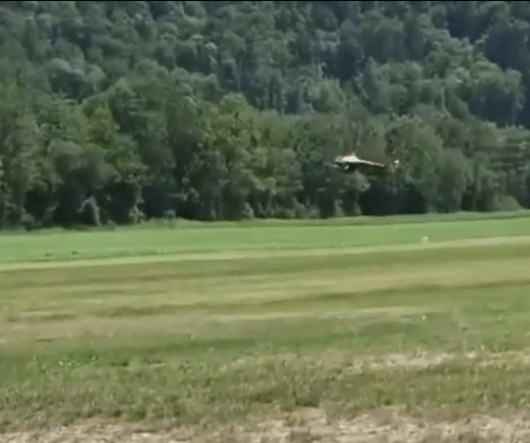
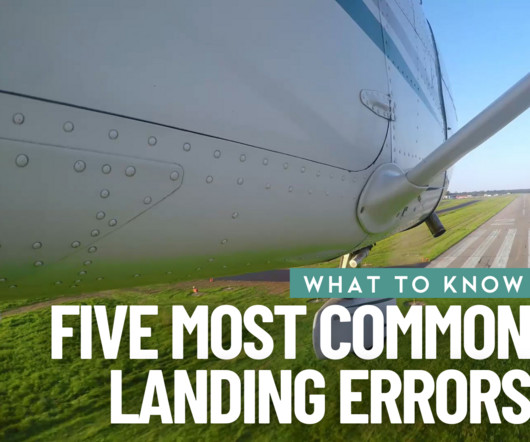


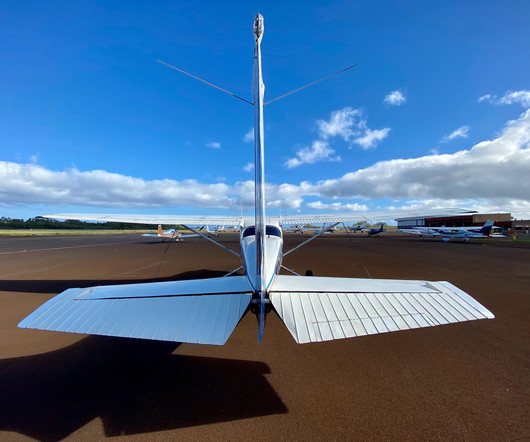
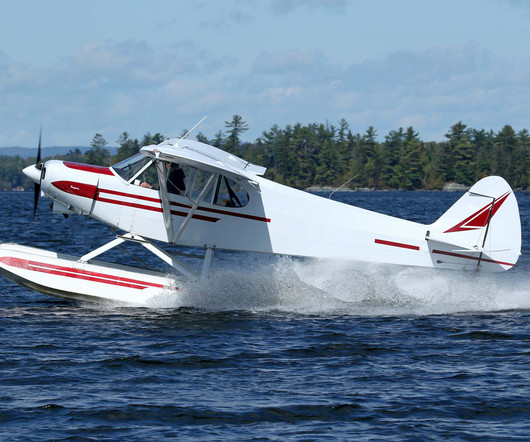
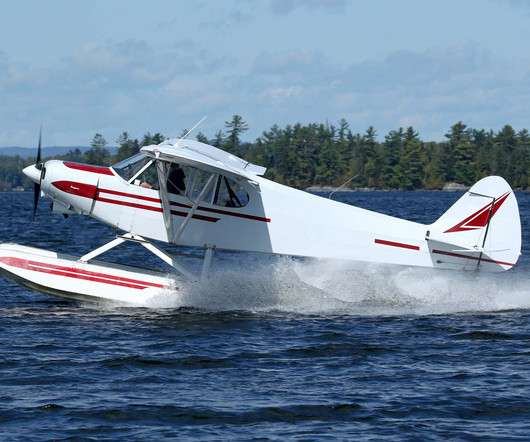
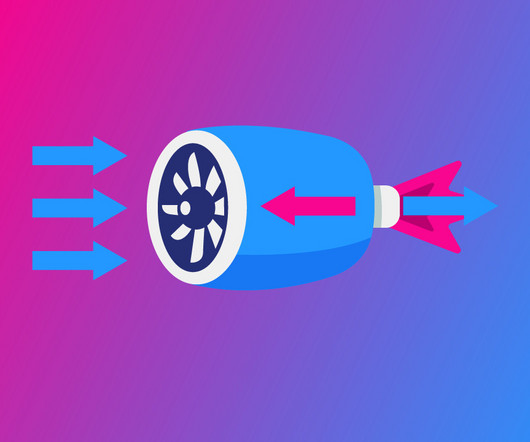








Let's personalize your content